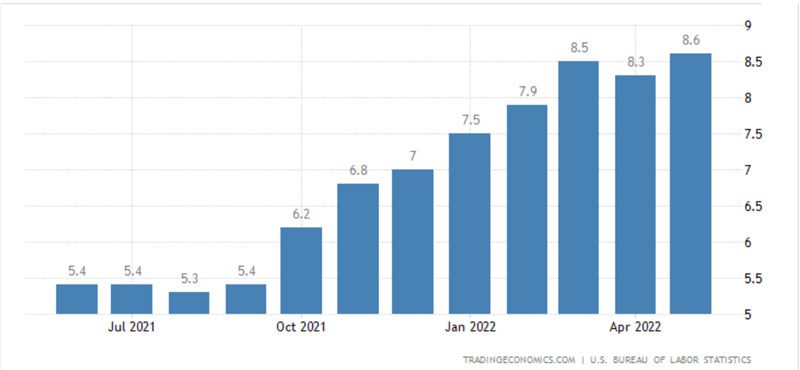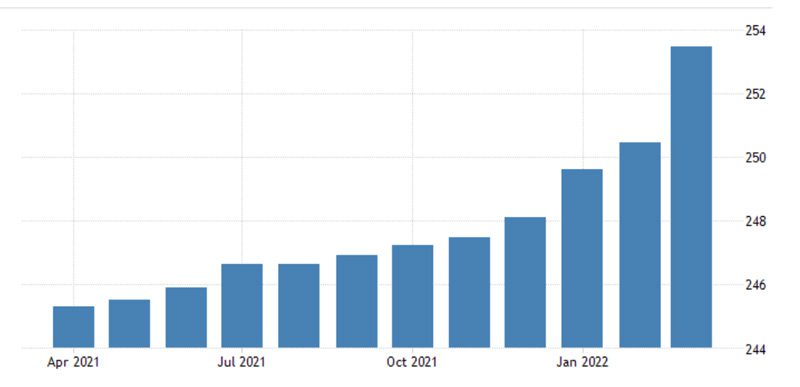Three Key Trends The Manufacturing Industry Faces In 2022, and Beyond – Part II: Inflation’s Impact

Inflation’s Impact Continues to Ripple Across All Industries
Inflation is not the transient event that government leadership represented in 2021. And it’s not something that any supplier or manufacturer can afford to accept passively by absorbing it into their cost of operations. Higher costs of operation must be passed through the supply chain. That trend has invariably resulted in rising wholesale and end-user prices. With inflation the highest it has been in four decades, we can expect to see historically elevated prices in materials and finished goods, with more increases keeping in lockstep with inflation as it embeds itself firmly into supplier manufacturing costs.

Chart Source: US Bureau of Labor Statistics US Inflation Rate data compiled by TradingEconomics.com
Inflation has become the most significant factor to almost every aspect of manufacturing operations – wages, insurances, facilities, utilities, travel, and much more, beyond the already notable leaps in material cost. Further, inflation is now perceived to be structural in the commerce of the goods and services we and our industry peers deliver. It is driving what we and our peers feel could be an irreversible condition to the formulation and fulfillment of future sales offers.
With price hikes for materials continuing to be significantly higher than their respective price index’s growth, expectations for soft increases have all but disappeared. Consider aerospace parts manufacturing data and pricing trends. The price changes on many commonly used engineered materials used in a custom part’s manufacture have exceeded 20% year over year, creating a force majeure condition in some instances for some manufacturers. Compounding that, as energy costs continue to increase, freight costs on inbound (to the fabricator) raw materials and outbound (to the customer) finished goods continues to grow. That said, passing on higher prices at distinctly higher year over year rates is the only way manufacturers can meet their financial obligations. It is an untenable financial proposition to hold to cost escalation parameters developed years ago when inflation was 3% or less.

Chart Source: US Federal Reserve US Producer Price Index (Aerospace Product and Parts Manufacturing) data compiled by TradingEconomics.com
